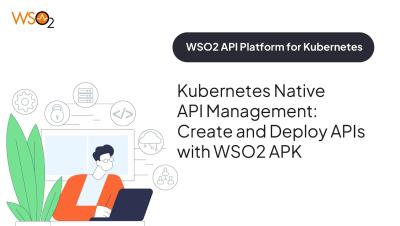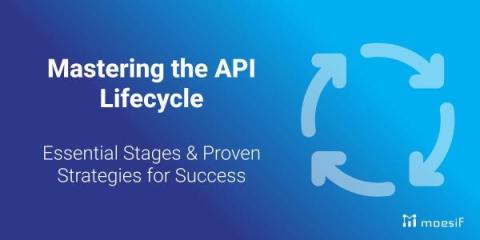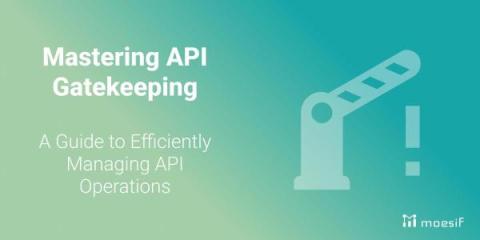Integrate Type Checking with Node.js using TypeScript: A Tutorial
With Node.js and Express, you can easily create a JavaScript server. Then the obvious question would be, “Why Typescript?” While JavaScript remains the most popular scripting language, TypeScript emerges as a great alternative when your application becomes more complex or when you collaborate with a distributed team of developers.











